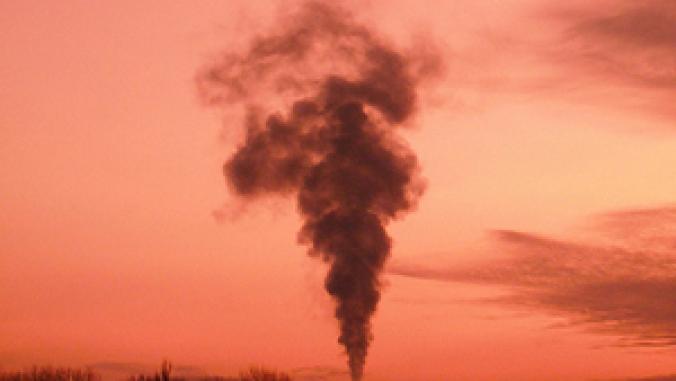Dallas Area Gets Economic, Environmental Benefits from Green Cement
City governments around Dallas have passed resolutions to buy cement only from the least-polluting plants in the area; as a result, green cement is on the rise and air pollution is dropping.

Who would have guessed that a simple change of phrase could have such a big impact? By switching tactics from attacking "toxic cement" to promoting "green cement," the Dallas area has been an example of the benefits of new techniques for making cement.
Jim Schermbeck, an environmental advocate with Downwinders at Risk, credits the new wording with making a big difference. Speaking to Megan Feldman for an article in the Dallas Observer, Schermbeck is quoted as saying "We took a negative -- the phrase 'toxic cement' -- and turned it over on its side to get 'green cement,' a way to positively sell this message." He adds that "'An Inconvenient Truth' [former Vice President Al Gore's global-warming documentary] had just come out; everything green was suddenly faddish. It was good timing."
Two years ago, when this all began happening, the North Texas Clean Air Steering Committee passed a recommendation that urged local city councils to promote "green cement" with financial incentives for for construction projects. Now a handful of cities -- Dallas, Fort Worth, Arlington and Plano -- as well as the Dallas County school district have made green cement a requirement for municipal projects.
The resolutions have resulted in a switch from more-polluting wet kilns to cleaner dry kilns, since usually only dry kilns can meet the emissions cutoff for the preferential purchasing program. And Feldman quotes Brian Boerner, Fort Worth's environmental management director, as saying that municipal projects that switched to green cement suffered from no lack of supply and cost increases of only 1.05 percent.
In a recent article on GreenerDesign.com, Sarah Fister Gale looks at a couple of companies that are reversing the cycle of cement and CO2: Calera and Carbon Sciences are both using carbon dioxide as a building block for creating cement or other useful building materials.
The full article from the Dallas Observer is online at DallasObserver.com.
Jim Schermbeck, an environmental advocate with Downwinders at Risk, credits the new wording with making a big difference. Speaking to Megan Feldman for an article in the Dallas Observer, Schermbeck is quoted as saying "We took a negative -- the phrase 'toxic cement' -- and turned it over on its side to get 'green cement,' a way to positively sell this message." He adds that "'An Inconvenient Truth' [former Vice President Al Gore's global-warming documentary] had just come out; everything green was suddenly faddish. It was good timing."
Two years ago, when this all began happening, the North Texas Clean Air Steering Committee passed a recommendation that urged local city councils to promote "green cement" with financial incentives for for construction projects. Now a handful of cities -- Dallas, Fort Worth, Arlington and Plano -- as well as the Dallas County school district have made green cement a requirement for municipal projects.
The resolutions have resulted in a switch from more-polluting wet kilns to cleaner dry kilns, since usually only dry kilns can meet the emissions cutoff for the preferential purchasing program. And Feldman quotes Brian Boerner, Fort Worth's environmental management director, as saying that municipal projects that switched to green cement suffered from no lack of supply and cost increases of only 1.05 percent.
In a recent article on GreenerDesign.com, Sarah Fister Gale looks at a couple of companies that are reversing the cycle of cement and CO2: Calera and Carbon Sciences are both using carbon dioxide as a building block for creating cement or other useful building materials.
The full article from the Dallas Observer is online at DallasObserver.com.




